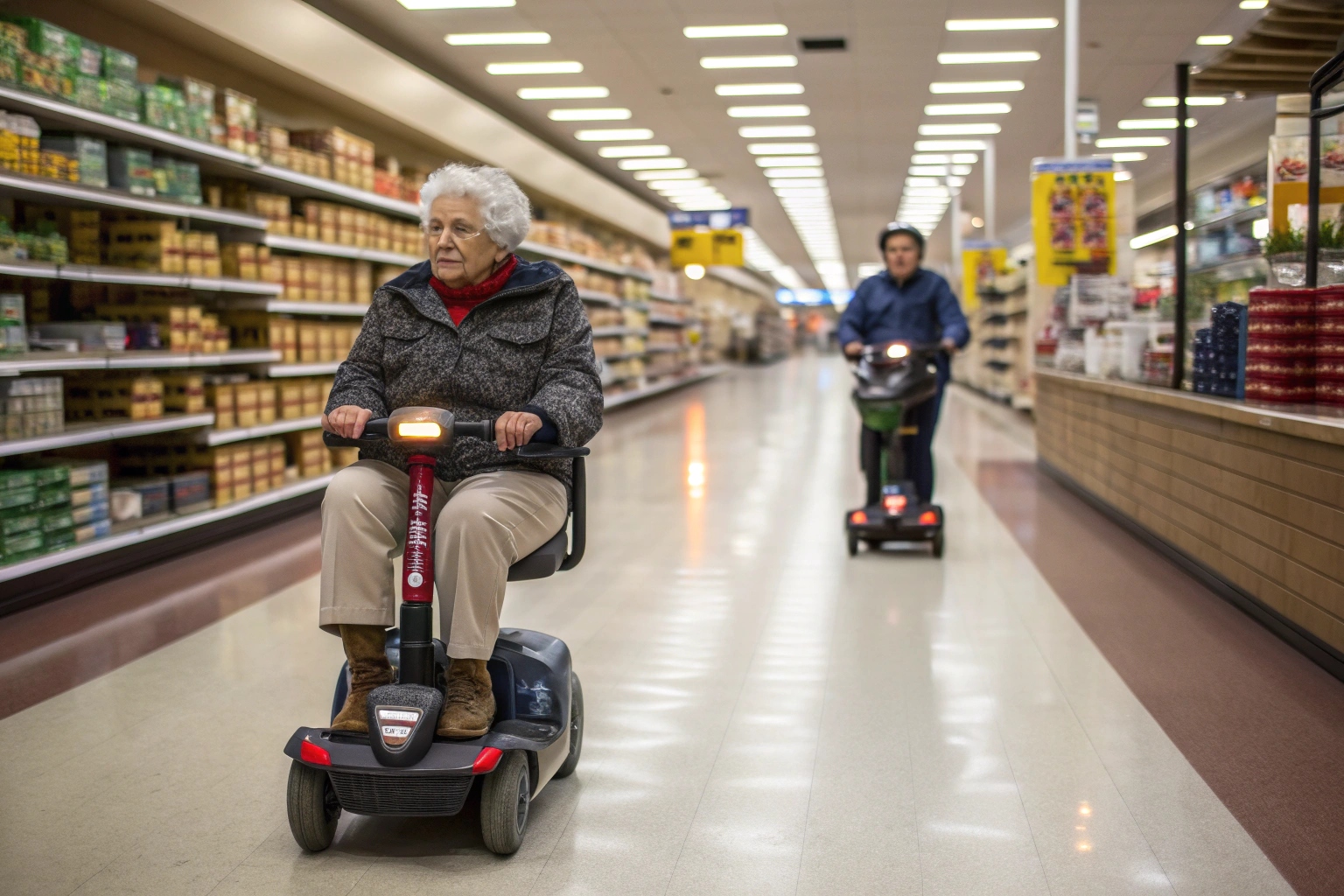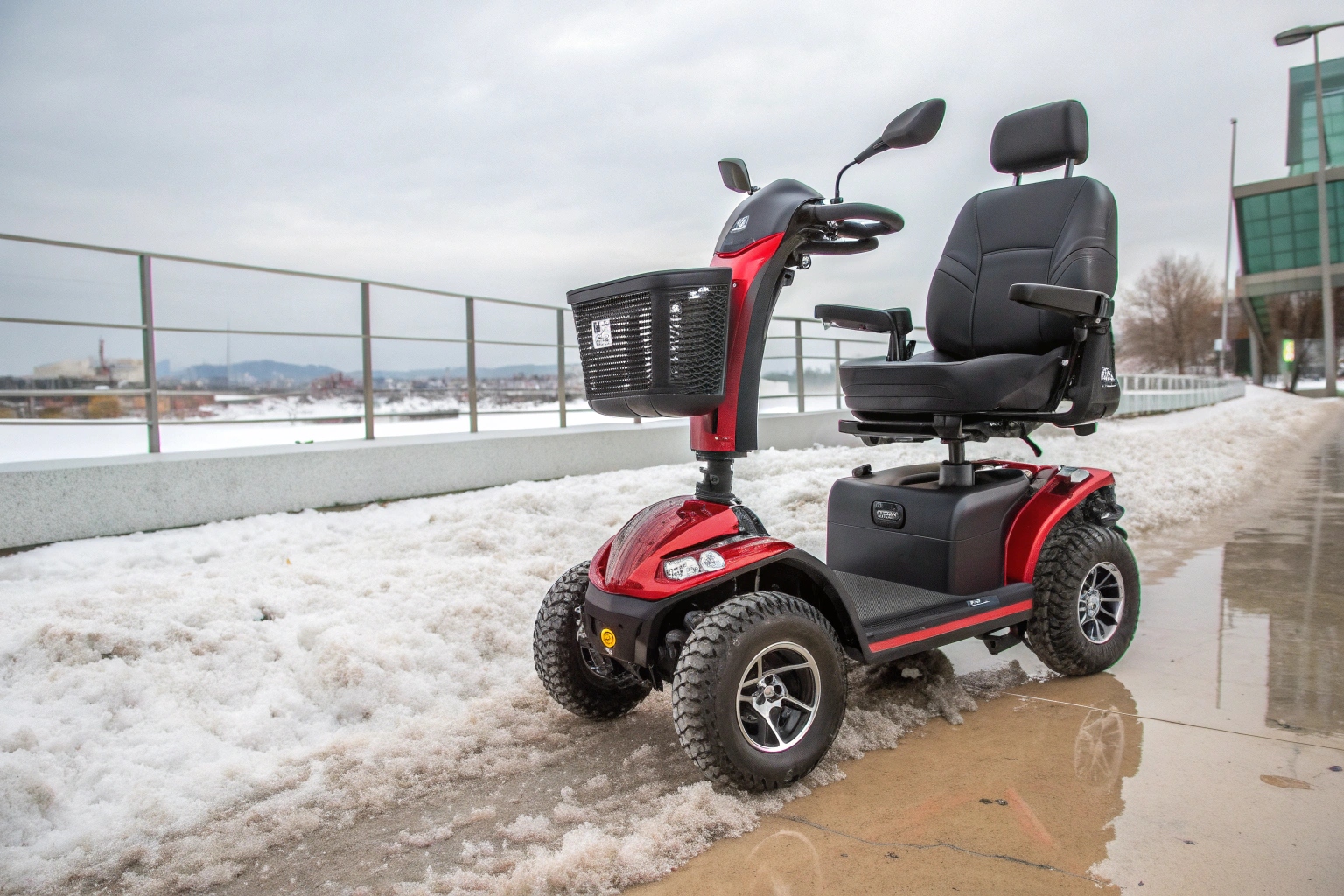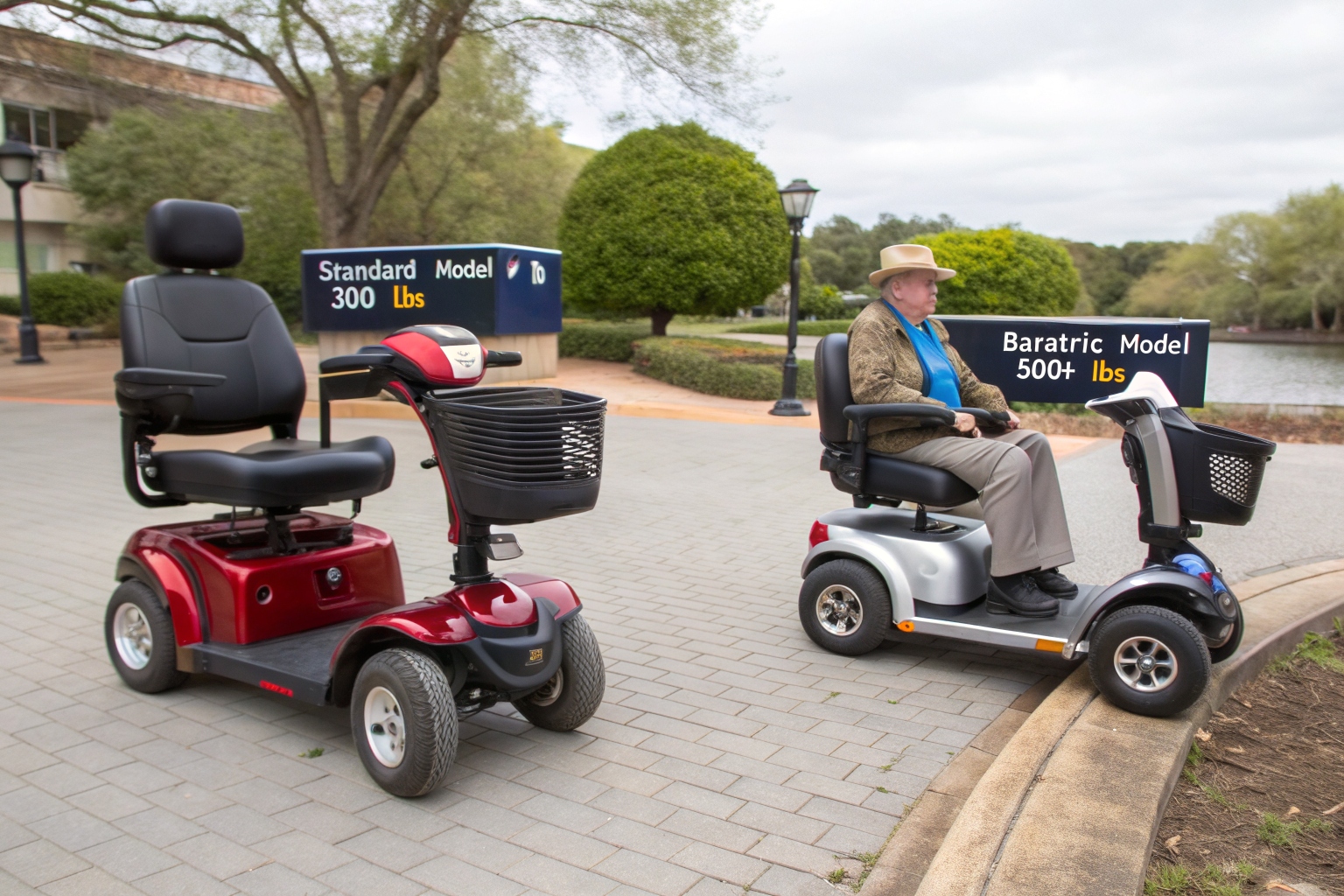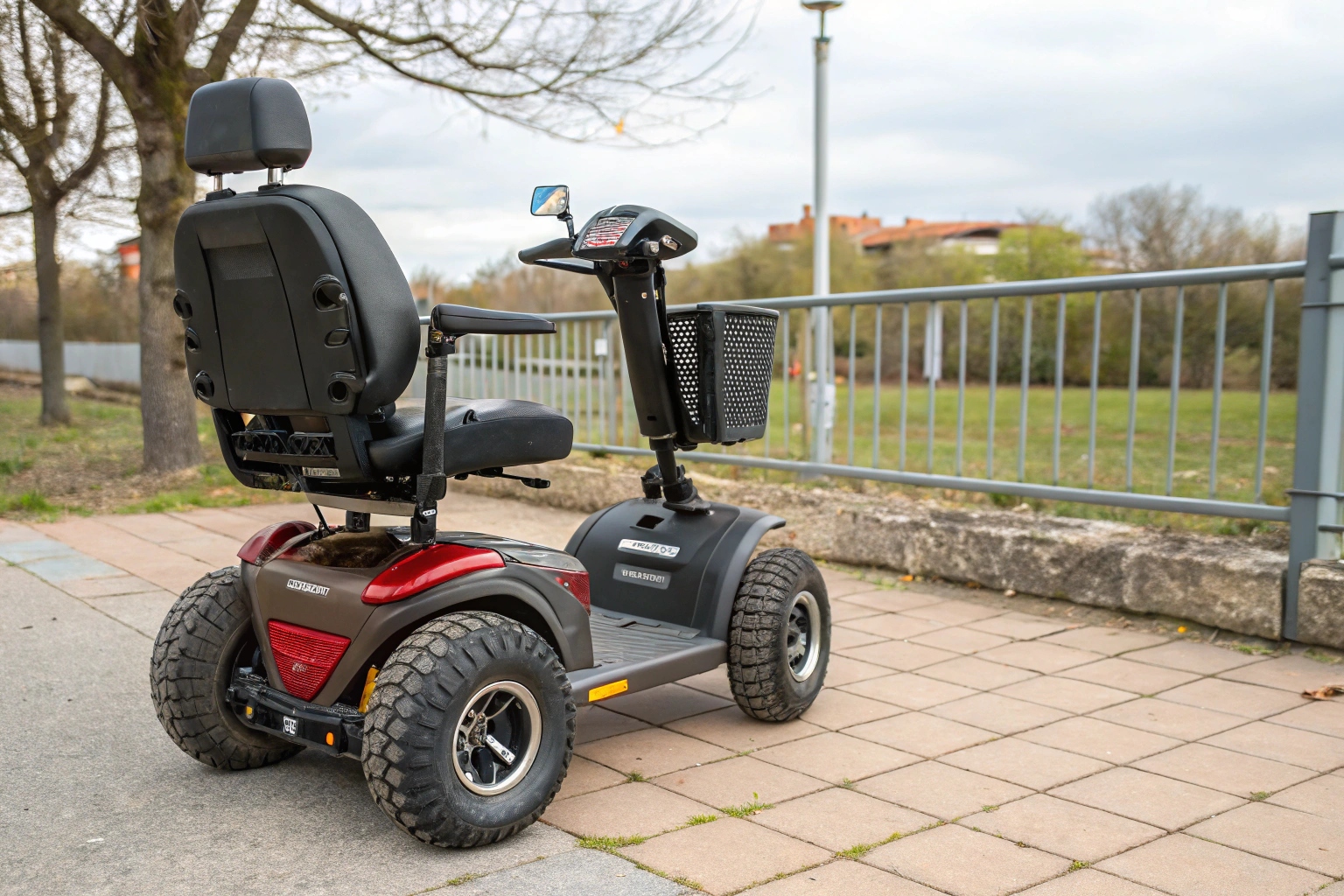Importing a "one-size-fits-all" scooter is a recipe for failure. This mistake leads to dead stock, wasted money, and a damaged brand reputation. True success requires a tailored approach.
Yes, customizing mobility scooters for regional markets is not just possible, it's essential. Key customizations involve meeting local regulations, adapting to climate and terrain, and aligning with cultural and demographic preferences to ensure product-market fit.

From our factory floor, we see firsthand that a scooter that sells well in Singapore might be a complete failure in Canada. It's not about which scooter is "better"; it's about which scooter is дұрыс for a specific place. Ignoring these differences is a costly mistake. Let's break down the most important areas where customization is not just an option, but a requirement for your business to succeed.
What Are the Key Regulatory Differences That Require Mobility Scooter Customization Across Regions?
Your bulk order is stuck at the port, rejected by customs. Now your investment and reputation are on the line, all because of one missed regulatory detail. This is a preventable disaster.
Key differences are speed limits, which vary from 8 mph to over 15 mph, and mandatory certifications like CE in Europe and FDA in the United States. Customization involves programming speed controllers and ensuring all components and documents meet these strict local legal standards.

When an importer from the US contacts us, my first question is about FDA compliance. Scooters are Class II medical devices there, requiring strict factory registration and quality control. For a European client, the first priority is the CE mark under the Medical Device Regulation (MDR). These aren't just stickers; they represent completely different testing and documentation paths. We have to prepare different technical files for each region. Speed is another critical customization. We can electronically limit a scooter's top speed to 4 mph for the UK pavement market or set it higher for other countries. This is a simple software adjustment for us, but it's the difference between a legal and an illegal product for the importer. Ignoring these will get your container seized.
Regulatory Compliance Checklist
| Region | Key Regulation | Required Customization |
|---|---|---|
| North America | FDA Class II Medical Device | Factory FDA registration, strict quality audits |
| Europe | CE Marking (MDR) | Technical file, Declaration of Conformity |
| Біріккен корольдігі | Speed Limit (4 mph on pavement) | Speed controller electronically limited |
| Global Shipping | UN 38.3 for Lithium Batteries | Certified batteries, special packaging |
How Do Climate and Weather Conditions Influence Mobility Scooter Design for Different Markets?
Climate and weather significantly impact mobility scooter performance, making thoughtful design adaptations crucial for different markets..
In cold climates, battery choice becomes critical. Lithium-ion batteries outperform lead-acid batteries in cold weather, maintaining higher capacity and performance despite lower temperatures. Additionally, wider tires with deeper tread patterns can enhance grip on slippery surfaces. However, for safety reasons, individuals with limited mobility should minimize scooter use during snowy or icy conditions to avoid accidents.

In wet and humid climates, proper waterproofing is essential. Ensuring components like the motor, controller, and electrical connections have an appropriate IP rating (IPX4 or higher) prevents water damage and corrosion. High humidity and rain exposure require scooters to have effective seals and protective casings around vulnerable electronics.Addressing these climate-specific considerations not only improves product reliability but also enhances customer satisfaction, preventing common issues such as premature battery failures and electronic malfunctions.
What Cultural and Demographic Factors Drive Customization Requirements in Different Regional Markets?
You imported a scooter that was a bestseller in the US, but it's too large and bulky for your local customers. Now it sits in your warehouse, unsold and taking up space.
Demographics dictate the need for different weight capacities, from standard (300 lbs) to bariatric (500+ lbs). Culturally, Asian markets often prefer compact, nimble designs for tight spaces, while color preferences and control panel language must also be localized for better user acceptance.

We see this clearly in our orders. A client from the USA will often order heavy-duty models with wide, comfortable seats, as average body size can be larger. For them, a 400-500 lb capacity is a key selling feature. In contrast, our partners in Japan or Korea almost exclusively order compact, lightweight models. Their urban environments have narrower streets and smaller apartments, so a nimble scooter is more practical. Color is another simple but powerful customization. While black and red are popular globally, we have produced special colors for clients to match local tastes. We can also customize the control panel with different languages and symbols. It is not just about elderly or disabled users anymore. We have seen some requests for simple, robust scooters for use in large facilities like factories or even supermarkets, for shoppers who prefer not to walk long distances. This shows the need for versatility.
How Do Infrastructure and Usage Environment Differences Impact Mobility Scooter Customization?
Your customers complain the ride is too bumpy and the scooter can't even get up a small curb. Your product is failing because it wasn't built for your local environment.
For areas with rough roads, customization must include enhanced suspension systems and durable, pneumatic tires for a smoother ride. In dense cities with tight spaces, a scooter with a very small turning radius is essential. The infrastructure dictates the product's core design.

The customer's environment is the final piece of the puzzle. An importer in a modern city like Singapore might prioritize a scooter that fits easily into elevators and can navigate smooth mall floors. For them, a tight turning radius and non-marking tires are key. But for a client in a rural part of South Africa, the priorities are completely different. They need a scooter that can handle dirt paths and uneven ground. For them, we would build a scooter with a more robust frame, larger, air-filled (pneumatic) tires for better cushioning, and a powerful motor to climb inclines. We would also add more ground clearance to go over small obstacles. These are not "upgrades"; they are necessary adaptations. Choosing the wrong configuration means the scooter will be unusable or break down quickly. It’s our job as the factory to help you match the machine to the mission.
Қорытынды
Successful importing isn't about finding a cheap scooter. It's about working with a factory to build the right scooter for your specific market's regulations, climate, culture, and roads.

